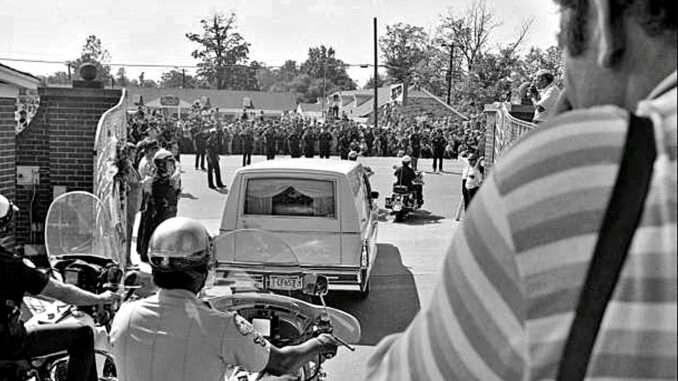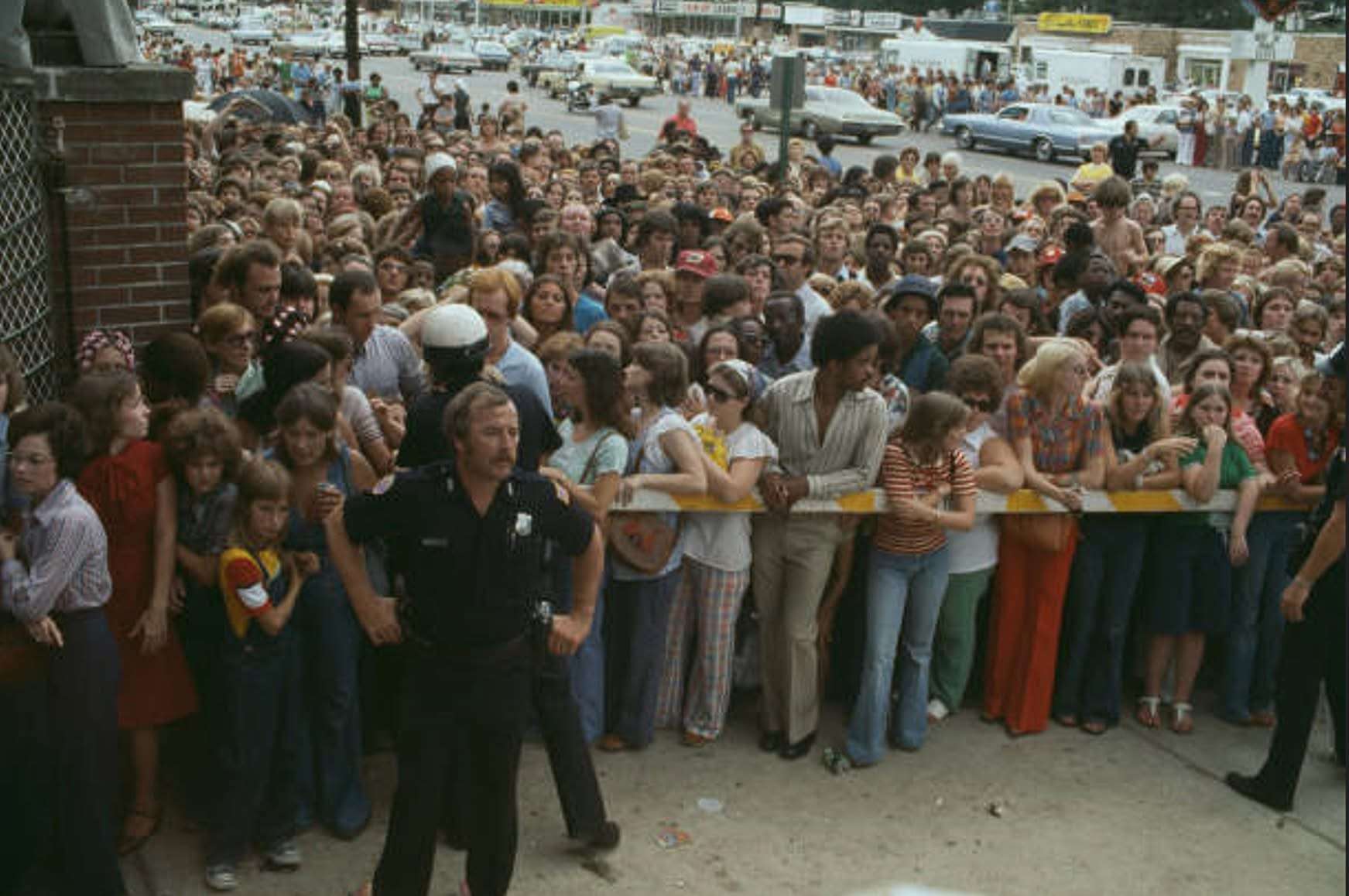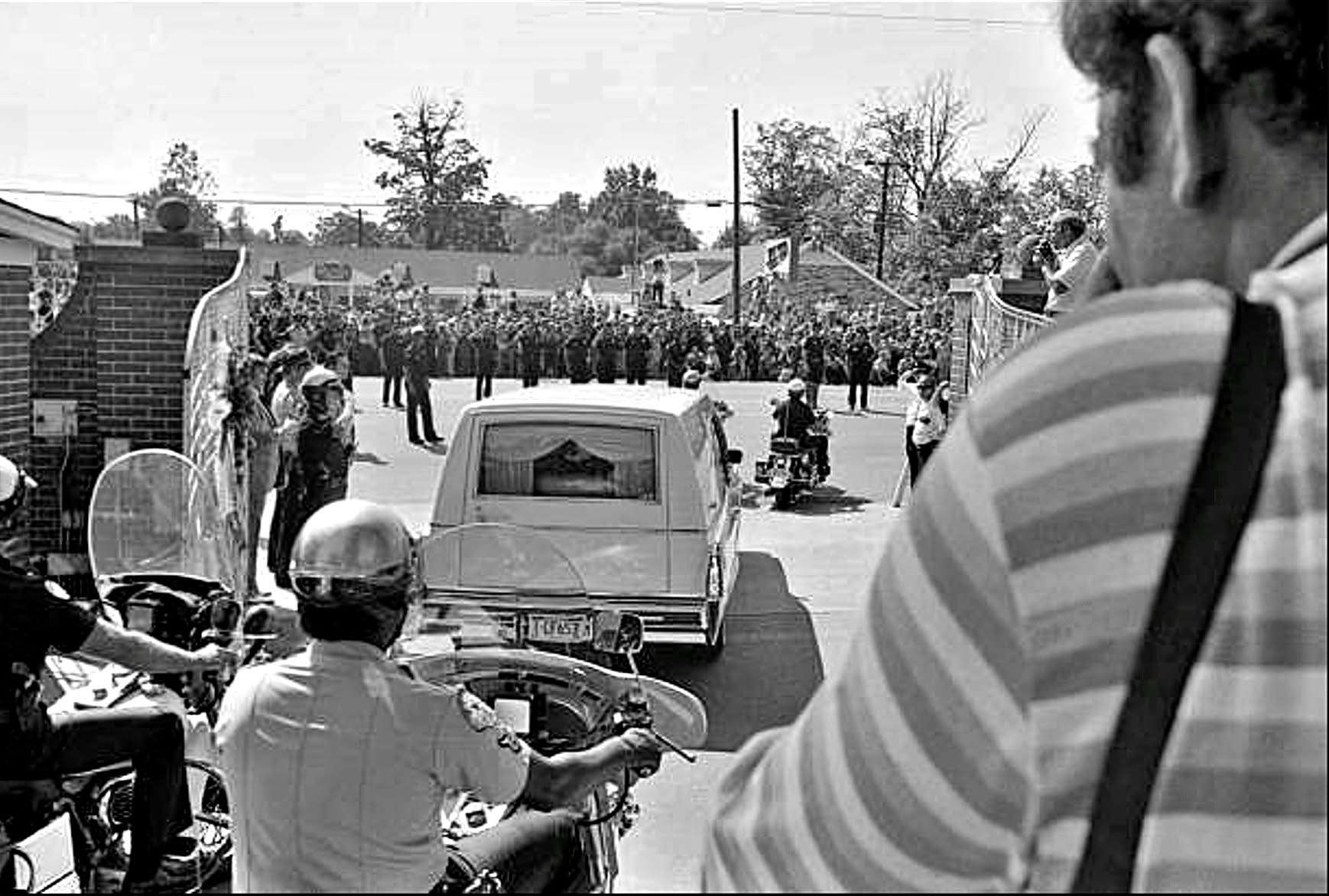
When **Jim Morrison**, the enigmatic frontman of *The Doors*, died in Paris on **July 3, 1971**, at just 27 years old, the world was left with questions, shock, and a legacy that would only grow in the decades to come. Yet just as mysterious as his life — filled with poetry, rebellion, and artistic brilliance — is the story of his burial, a tale layered with confusion, secrecy, and enduring fascination.
A Quiet Death in Paris
Morrison had moved to Paris earlier that year seeking peace, anonymity, and a renewed focus on writing. According to official accounts, he died in the bathtub of his apartment from heart failure, though no autopsy was performed — a decision that instantly fueled speculation among fans and conspiracy theorists. Only a handful of people were present during the immediate aftermath, further cloaking his death in ambiguity.
A Burial Cloaked in Secrecy
Jim’s burial took place on **July 7, 1971**, just four days after his death. The ceremony was private, quiet, almost hidden from the world. Only a few close companions attended, including his longtime partner, **Pamela Courson**, who organized the arrangements.
Morrison was laid to rest in **Père Lachaise Cemetery**, one of the most famous cemeteries in the world, home to artistic giants like Oscar Wilde, Edith Piaf, and Chopin. Yet at the time, Jim was not buried with fanfare or recognition — he was placed in an unmarked grave.

For years, Morrison’s resting place lacked any headstone or identifying marker. Fans who managed to find the site left flowers, poetry, bottles of wine, and tributes, slowly turning the modest plot into a cultural landmark. Word spread underground about its location, and gradually, pilgrims from across the globe began visiting the grave of the “Lizard King,” seeking connection, inspiration, or simply a moment of quiet reverence.
The First Marker: A Simple Stone
It wasn’t until 1973 that a simple stone was placed on Morrison’s grave — a modest slab engraved only with his name and dates. Even then, vandalism and theft plagued the site. The stone was stolen more than once, forcing replacements and security measures.
The Greek Inscription
In 1981, Jim’s father, Admiral George S. Morrison, stepped in to give his son a more permanent memorial. A new headstone was installed, bearing the now-iconic Greek inscription:
“ΚΑΤΑ ΤΟΝ ΔΑΙΜΟΝΑ ΕΑΥΤΟΥ”
Translation: *True to his own spirit.
The phrase perfectly encapsulated Morrison’s life — a man who lived wildly, authentically, rebelliously, and often at war with the world around him.
 A Grave That Became a Shrine
A Grave That Became a Shrine
Over time, Jim Morrison’s grave transformed from a simple burial site into one of the **most visited graves in the world**. Fans leave candles, letters, drawings, and mementos daily. Musicians, poets, and dreamers stand silently before the stone, paying tribute to the artist whose words still echo through time.
Though the cemetery has placed barriers to control vandalism, Morrison’s tomb remains a beacon — a symbol of counterculture, artistic freedom, and the enduring power of rock ‘n’ roll.
The Legacy Beneath the Stone
Jim Morrison’s burial history reflects his legacy: mysterious, disputed, mythical, and beloved. What began as a quiet, almost hidden ceremony has become a global place of pilgrimage. His grave, tucked away among ancient trees and winding paths, stands today not just as a memorial, but as a testament to a voice that refused to be ordinary.
More than 50 years later, Morrison’s spirit continues to draw people in — proof that even in death, the legend of the Lizard King will never truly fade.
Leave a Reply